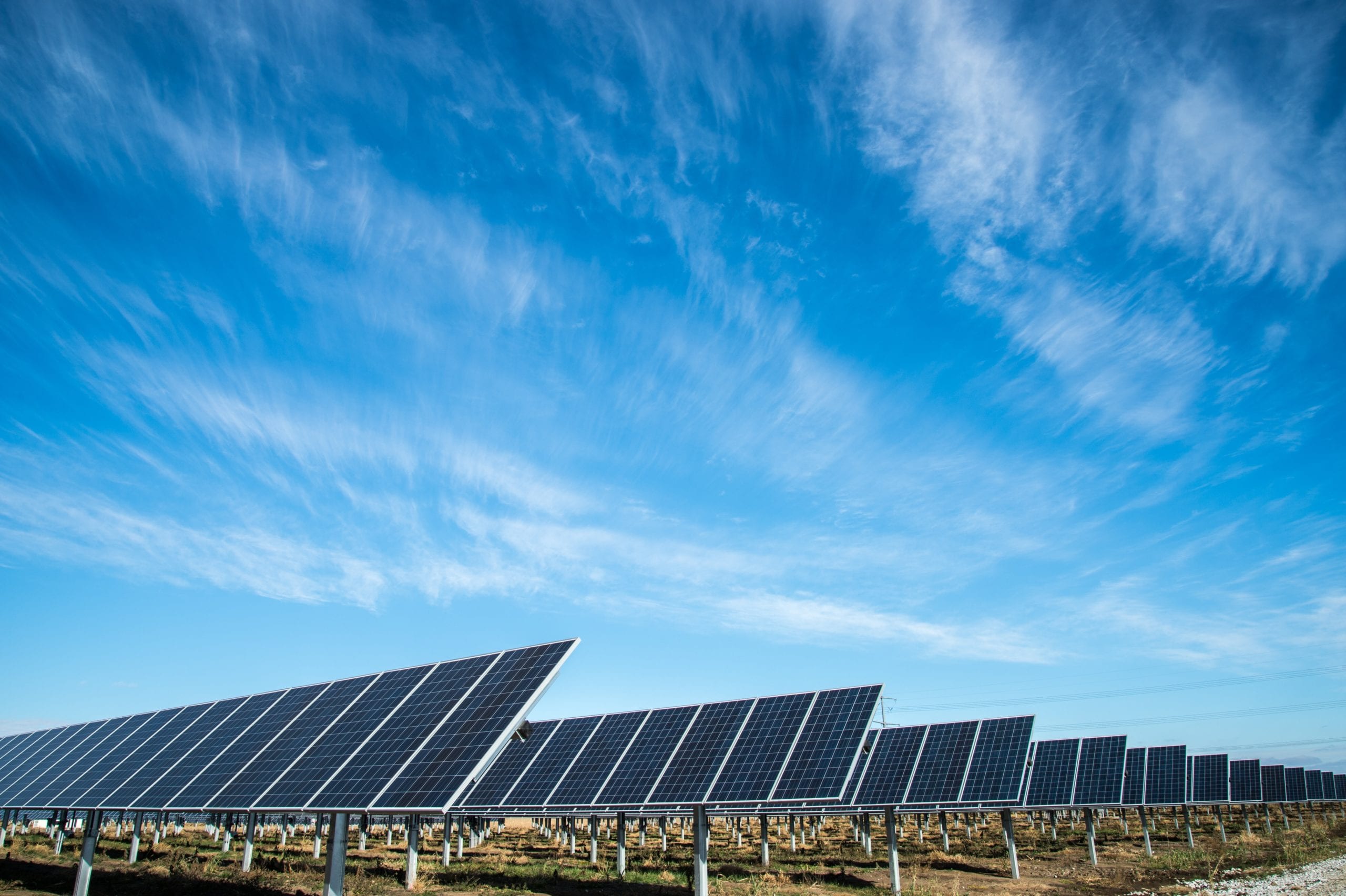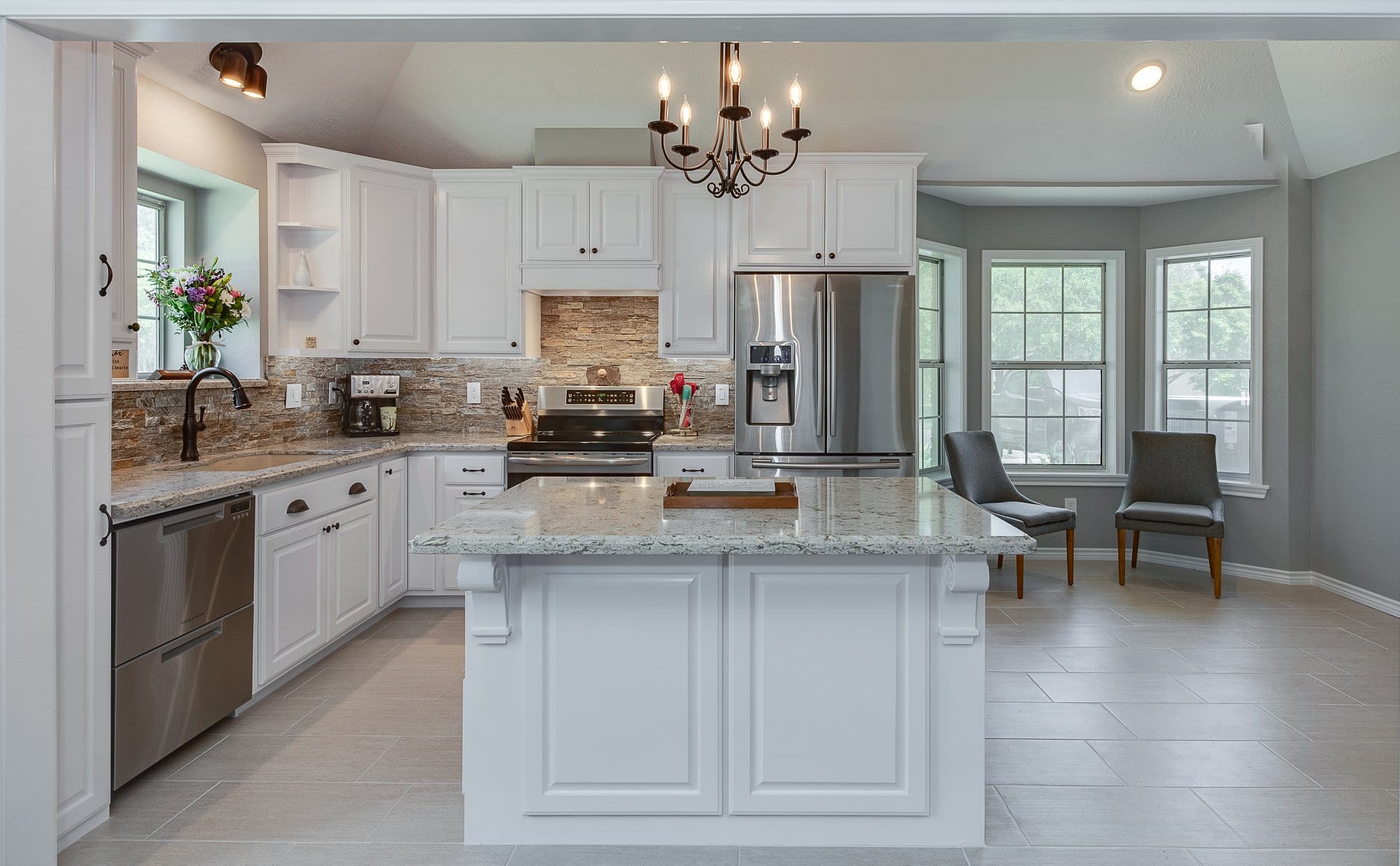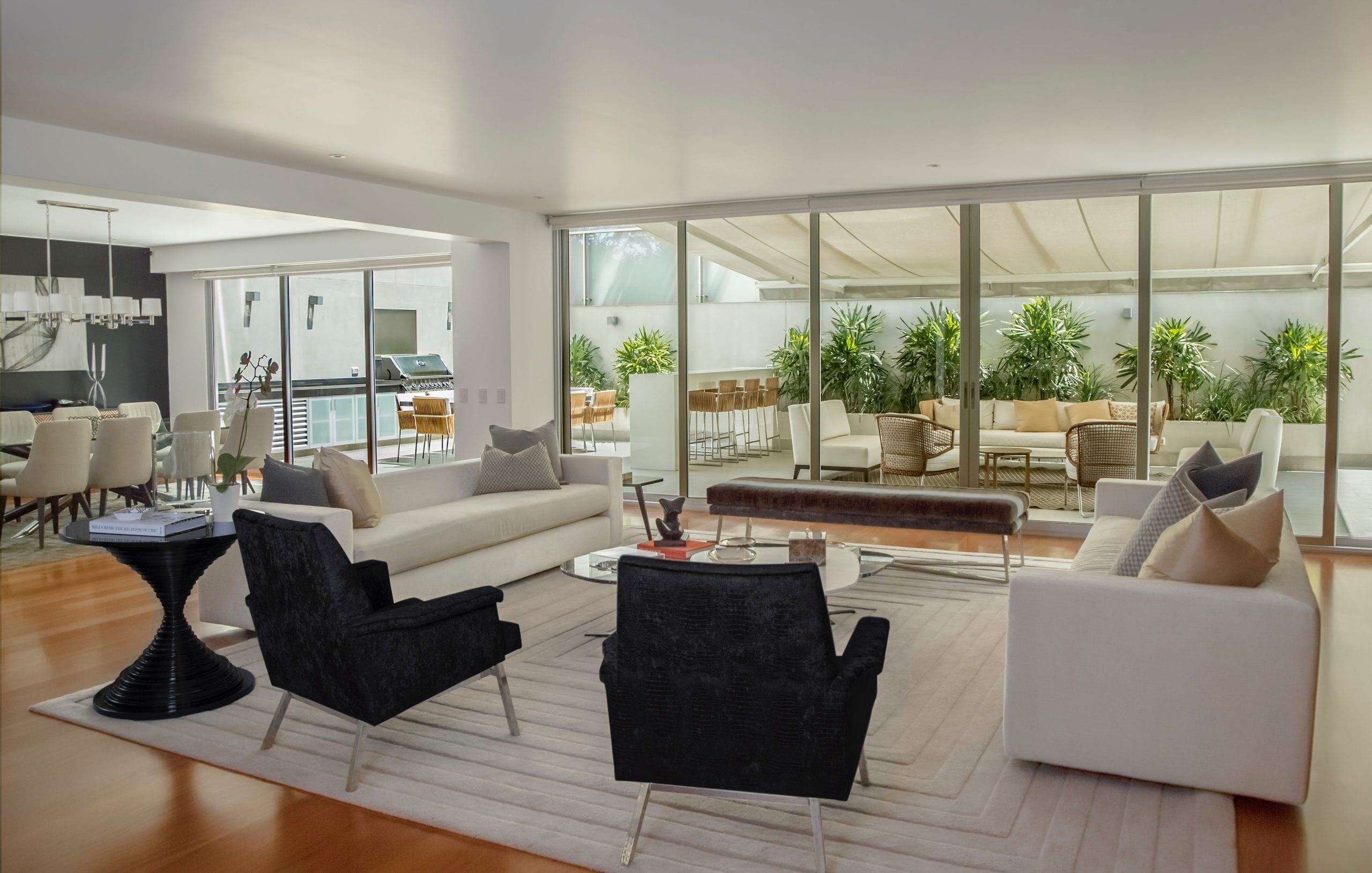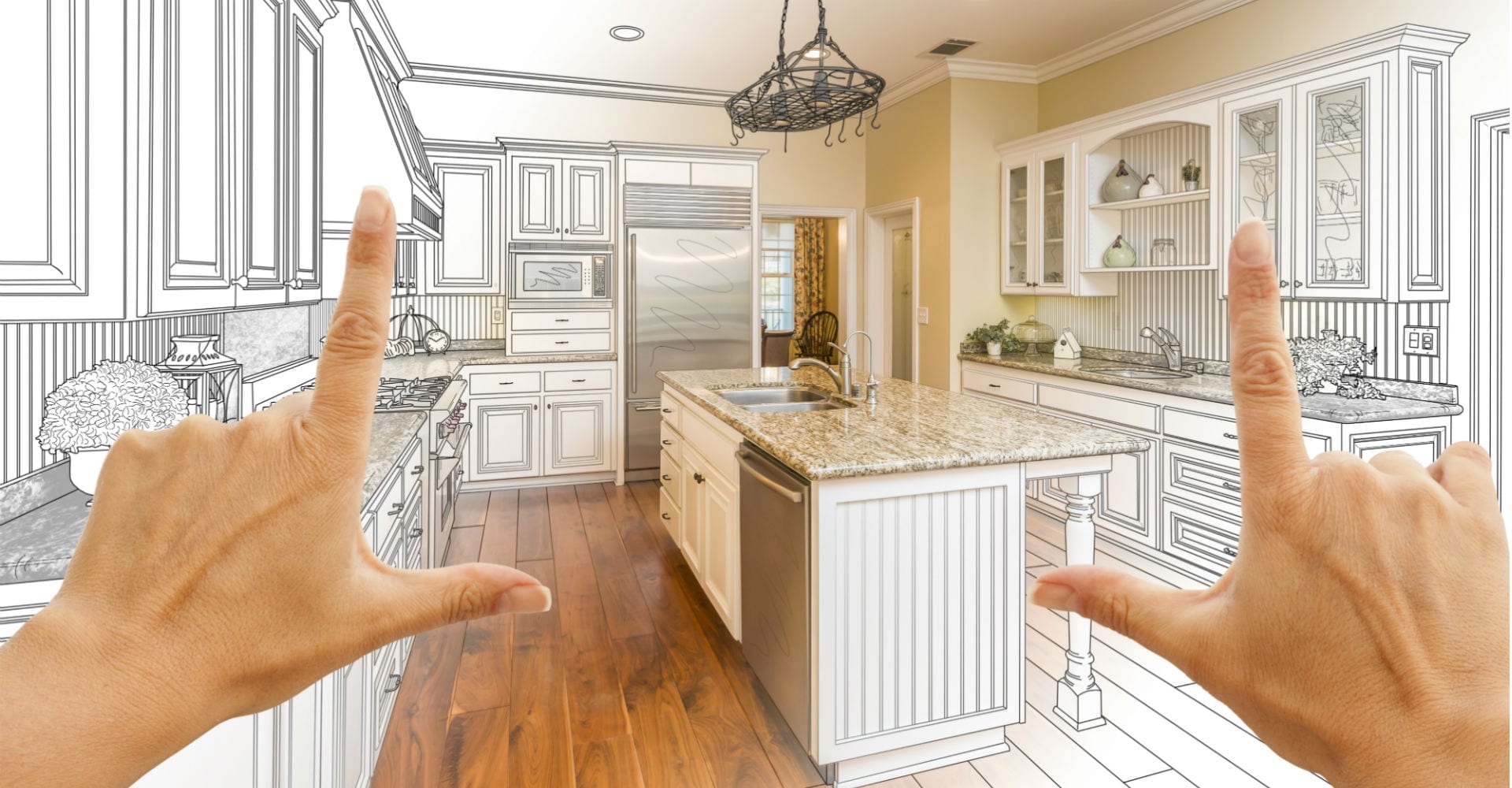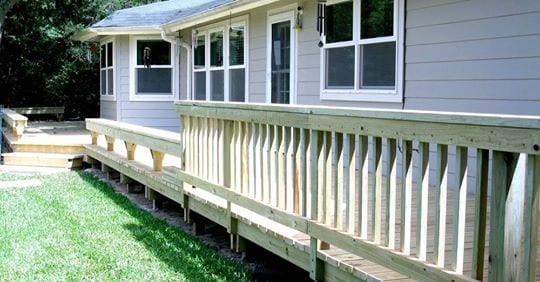
Composites are the new face of decking The most notable changes in the decking market have come with the creation of synthetic decking materials. Most synthetics require less maintenance than wood, but are far from perfect. They are more expensive than basic wood decking materials and although much more weather proof than wood, they are not immune to weather damage. No decking is perfect, but the variety of natural wood and synthetic products on the market today are providing both home builders and home owners a longer list of possibilities and options than ever before.
Wood
Wood appears to be America’s deck material of choice, making up more than three-quarters of decks built in the United States. It includes a broad range of choices form pressure treated softwoods to imported exotic and domestic species of wood that are often naturally more resistant to insect and moisture damage. The cost and durability tends to vary quite a bit. Wood is a renewable resource, so, from a green perspective that is a positive. However most of the best wood for exterior use comes from the rain forests, which from a green perspective, we strongly discourage.
Pressure treated soft wood
Southern yellow pine treated with chemical preservatives is fairly inexpensive and widely available in the states. This type of decking is available in a variety of grades and standard lengths. Freshly pressure treated wood has a characteristic green hue that fades with exposure to rain and sunlight to brown and then to gray. It can also twist and develop checking or cracks in the board with exposure to weather. A regular application of deck stain or a wood preservative can extend the life of the deck and give it a more polished appearance.
Pros: Natural wood; widely available; some grades are inexpensive.
Cons: Relatively soft; clear grades are expensive; needs finish to maintain color and minimize checking or cracks in the boards of the deck; the treatment process uses chemicals that are unhealthy and not good for the environment.
Locally Found: Many types of pressure treated wood decking are found at your local Lowes, Home Depot’s, or McCoy’s hardware stores.
Naturally Resistant Wood
Some species of North American softwood are naturally resistant to decay and insects without chemical treatment. They include redwood and several types of cedar wood. These types of wood are especially soft and as a result are not as scratch and damage resistant as other types of wood. They range in color from deep red to light yellow, and weather to gray. Though more resistant, these species are not much of a match for out hot humid climate.
Pros: Natural wood; widely available; some grades are inexpensive.
Cons: Relatively soft; clear grades are expensive; needs finish to maintain color and minimize checking or cracks in the boards of the deck.
Locally Found: Many types of naturally resistant wood decking are found at your local Lowes, Home Depot’s, or McCoy’s hardware stores.
Imported Exotics
An array of tropical hardwoods are imported from South America, Africa and the Far East and are used for decking material. Exotic woods are much harder than weather resistant domestic species, making them much more impact and scratch resistant. Many of these types of wood are extremely durable, requiring little to no maintenance. These types of wood are typically clear and knot free. They come in colors that are often rich, reddish brown that fade with exposure to a silvery gray. The most recent addition to the selections of exotic wood is bamboo decking. Technically a grass rather than a type of wood it has gained popularity in the recent years. None of the exotic woods can be considered green as they travel a long distance to get to us and they contribute to the reduction of the rain forest.
Pros: Dense, hard, resistant to rot and insects without chemical treatment with a dramatic color and grain.
Cons: Expensive and planet killing.
Locally Found: Exotic decking woods are seldom found locally and can be ordered only through various online lumber retailers.
Non-chemically treated wood
There are several types of wood decking that are specially designed to offer protection against insect and weather damage without the use of chemicals. One type is thermally modified wood which is heated to temperatures up to 500°F, a process which makes wood sugar inedible to mold, fungi, and insects. The process also improves the stability of the wood by lowering water absorption. This type of decking needs no chemical additives but UV resistant finish helps to preserve the original color of the wood.
Pros: Nontoxic, noncorrosive, long warranties, more stable and resistant to insects and fungi.
Cons: Expensive and limited availability.
Locally Found: Non-chemically treated wood is seldom found locally and can be ordered only through various online lumber retailers.
Synthetics
Although wood makes up over three quarters of the decks built in The United States, more than any other type of material, the number of man-made substitutes has expanded into a variety of choices. All synthetic decking are designed to be low-maintenance alternatives to real wood that does not decay, split, bend, or is vulnerable to insect damage .
Wood Plastic/Composites
Many composites are made out of polypropylene or polyethylene, a mix of wood and plastic. The plastic used in the composite decking material is often recycled and is somewhat soft. The wood/plastic blends were supposed to overcome problems associated with wood decking, but it too can support the growth of mold and sometimes even rot.
Pros: insect resistant, low maintenance, resists checking and splintering, and often made from recycled material.
Cons: May support mold and mildew and the color may fade.
Locally Found: Some types of wood plastic/composite decking can be locally found at your local Lowes, Home Depot’s, or McCoy’s hardware stores.
All Plastic Decking
Wood free synthetic decking is made from a variety of plastics including polyvinyl chloride (PVC), polypropylene and polyethylene. Different types of plastics contain different properties for example high-density polyethylene is highly flexible and resistant to high impact. Wood free plastics don’t require any maintenance beyond some light cleaning. On the down side, some types of all plastic decking have the distinctive look of plastic.
Pros: Low maintenance, fade and scratch resistant, and splinter free.
Cons: More expensive than composites and some have the look of plastic.
Locally Found: Some types of all plastic decking can be locally found at your local Lowes, Home Depot’s, or McCoy’s hardware stores.

